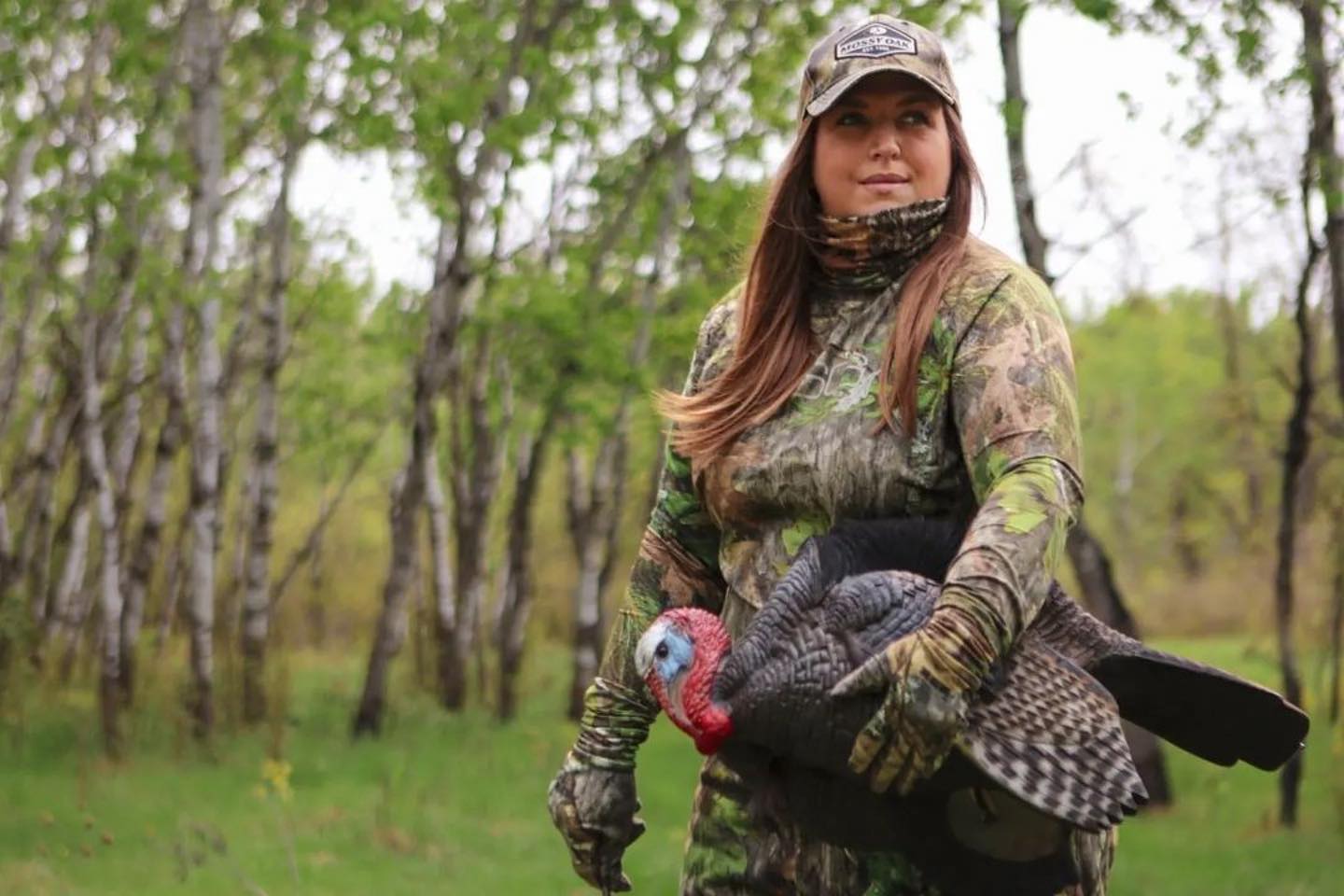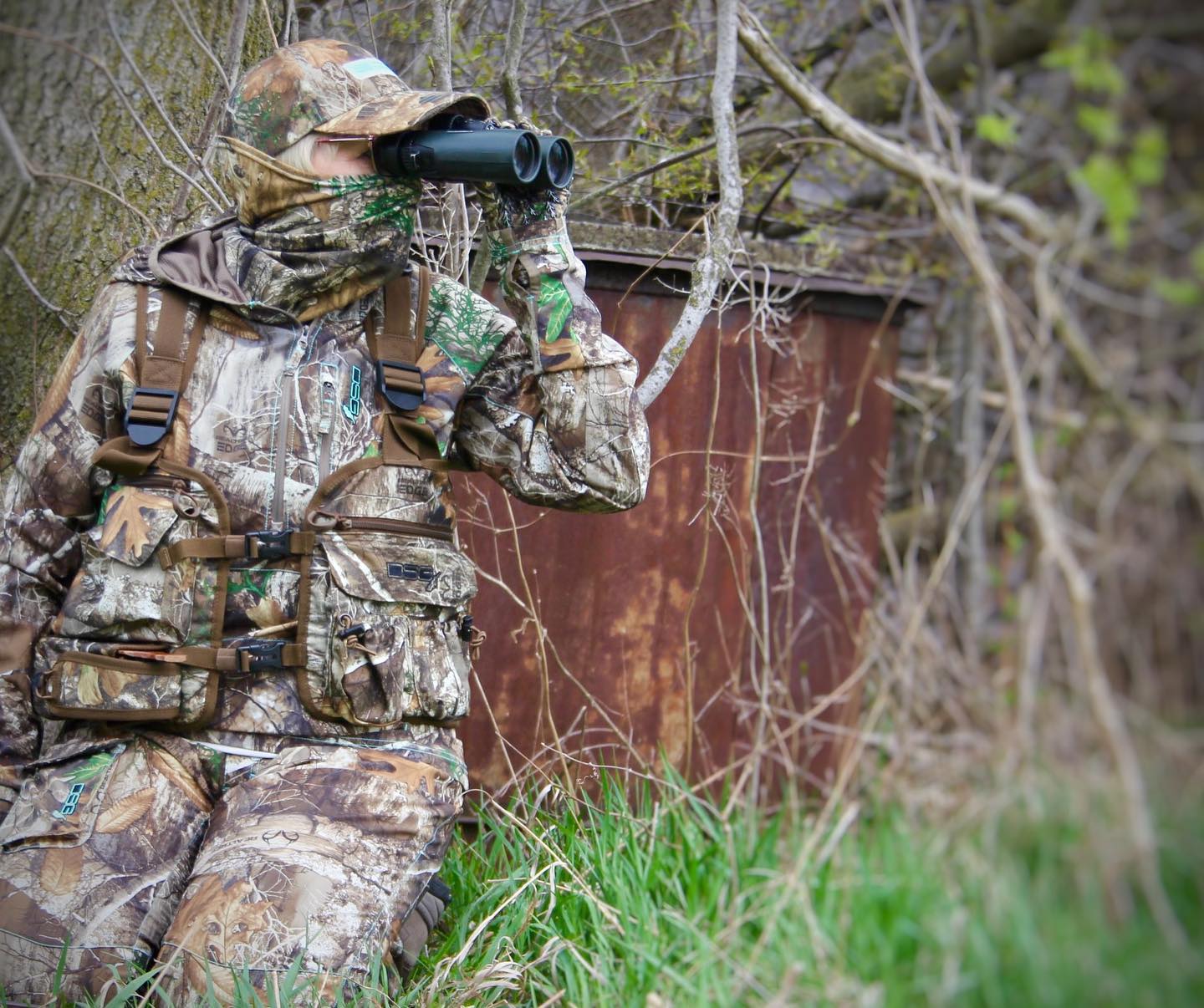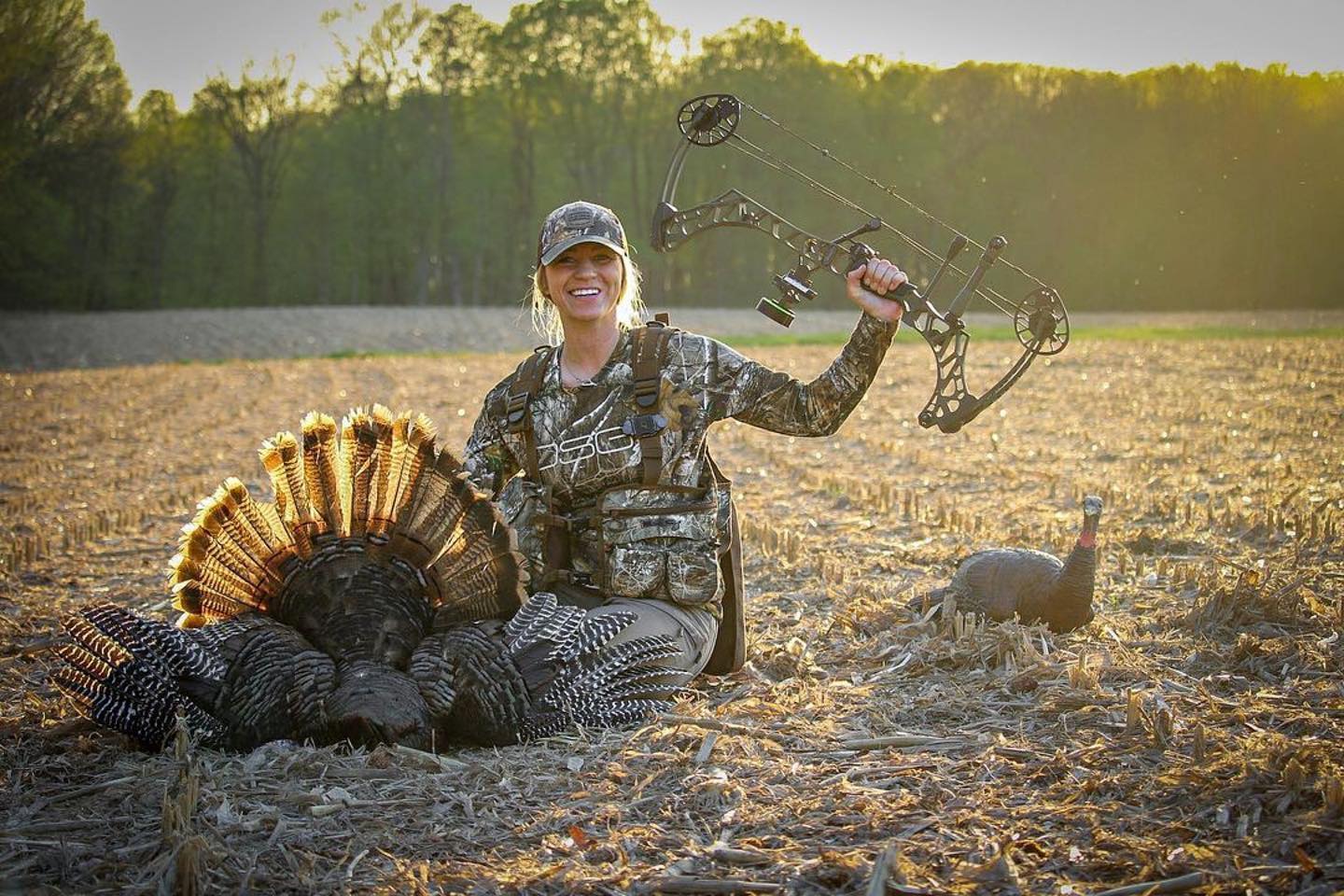Turkey Time: Turkey Hunting Tactics
Posted by Samantha Simma on Apr 14th 2023
All hunters know that in the woods or the field, there are no guarantees. This may be especially true when turkey hunting, as these large birds have a low tolerance for mistakes. While preparing for, or during, turkey season, consider these tips to improve your odds of success.
1. Scout Early and Often
Study the behavior of the local turkey population well before the season starts. Using binoculars, spotting scopes, and trail cameras, keep an eye on all genders of turkeys in your area—toms, hens, and young. Look for feathers and droppings in addition to the birds themselves and seek out patterns in their behavior. Ideally, you’ll be able to determine their breeding and nesting locations, as well as the time of day they’re on the move.
2. Time and Patience
For any dawn hunts, give yourself plenty of time to get out to your hunting zone. Having some extra time will allow you to get out there and get settled in, and also give the woods the opportunity to settle down with your presence. From then on, patience is the name of the game.
3. Concealment
Turkeys have incredible sight, and it’s their best line of defense against hunters. Some hunters don’t dare move for fear of being seen when they know a gobbler is in the vicinity. You must be absolutely certain that you’re fully concealed before attempting to move. In the early spring especially, be cognizant that brush and timber may be especially sparse. If coverage options are minimal, consider a ground blind—a blind will lend you 360 degrees of coverage and improve your ability to make a clean shot.

4. Calls to Carry
Hunters have been known to have their favorite calls, but having a few as back-up can make a huge difference if your prized call isn’t cutting it. Having an arsenal of different calls will allow you to add variety to your vocals, so carry a selection of diaphragms, slates, and box calls. Before heading into the field, put in the time to practice and make sure that they’re all in good, working condition. Your vocals will make or break your ability to attract a wise tom. For some calling tips while out in the field, visit our blog post on the subject.
5. Deploying Decoys
There are no foolproof setups for decoys, but they can be helpful when they provide a distraction or encourage a tom to get closer. Hen, jake, and tom decoys all have their purpose, and offer hunters a variety of setups. If you’re trying out decoys for the first time, it’s just fine to start with one hen or jake. Set up your decoys to your side, about 10-15 yards away from where you are positioned. Ideally, you would be seated between the turkey you're targeting and your decoys. That way, if he seeks out the bird he heard, he’ll have to strut past you to investigate.
6. Invest in a Turkey Vest

One of the newest DSG Outerwear hunting items is also the most valuable for turkey hunters: our Realtree Edge Camo® turkey vest. Packed with features designed with turkey hunters in mind, this vest includes a mesh dual mouth call holder, shotgun shell holders, two slate call pockets, a box call holder, a decoy or game pouch on the back, a removable padded seat, and more! After purchasing this vest, make sure that it fits well to your frame, that way you can avoid any entanglements in the woods when you need to be on the move. Fortunately, the vest has multiple adjustment points to allow for a customized fit. Before using it in the field, get familiar with all of the pockets and features so that you can efficiently navigate the vest when it counts.
7. Switch It Up
In the sport of hunting, there’s a lot of value in experience, so don’t be afraid to deviate from your plan and try new approaches. For example, if you find yourself in a calling standoff with a tom who won’t budge, it’s time to switch it up. Your options include switching calls, going silent, or moving to a different location. Especially in the early season, if a turkey has trouble committing, variety will be more effective in sparking his interest.
8. Find the Roost
In the evenings, gobblers head for the roost. At that time, do what you can to determine the exact tree that he’s roosted in. If you’ve lost sight of him, he may be prompted to gobble with a loud owl call. Once you’ve honed in on his location, use the remaining daylight to strategize your morning hunt. Make note of the best approach, options for coverage and concealment, and try to predict which way the bird might fly down from the roost.


